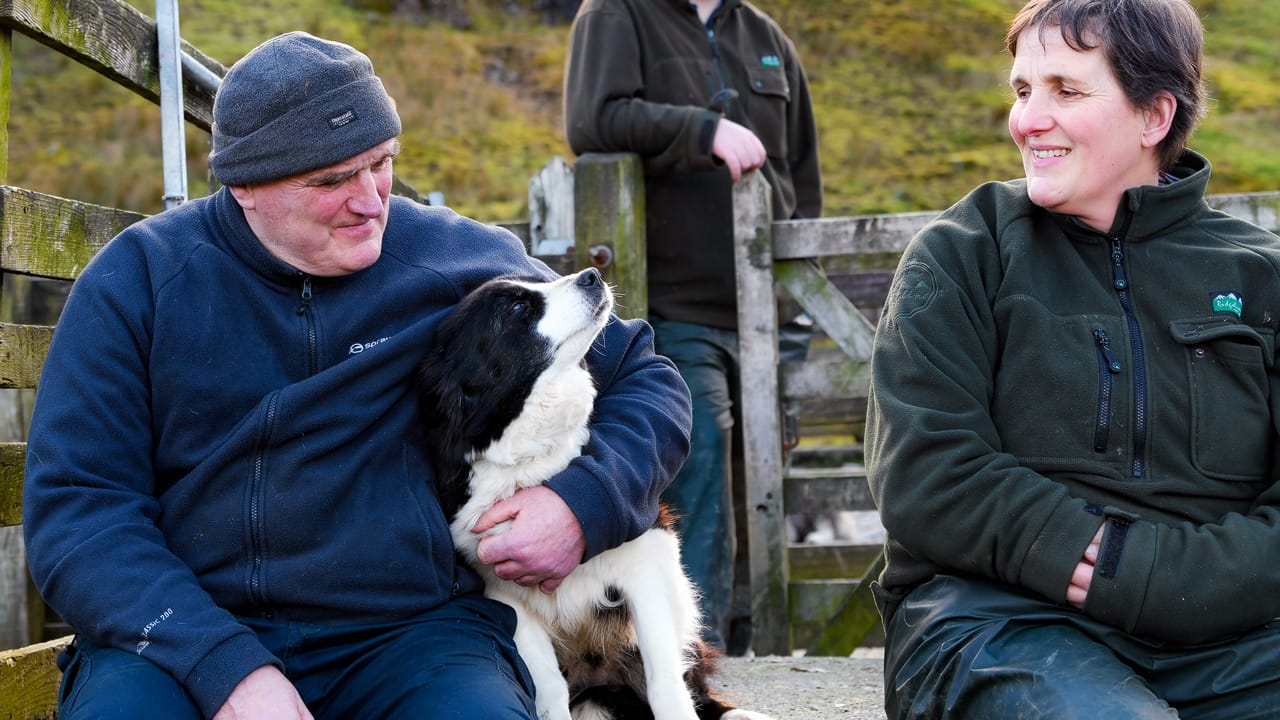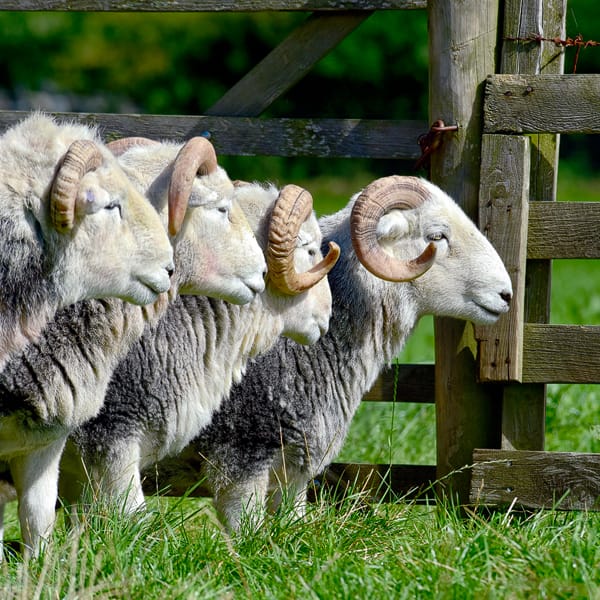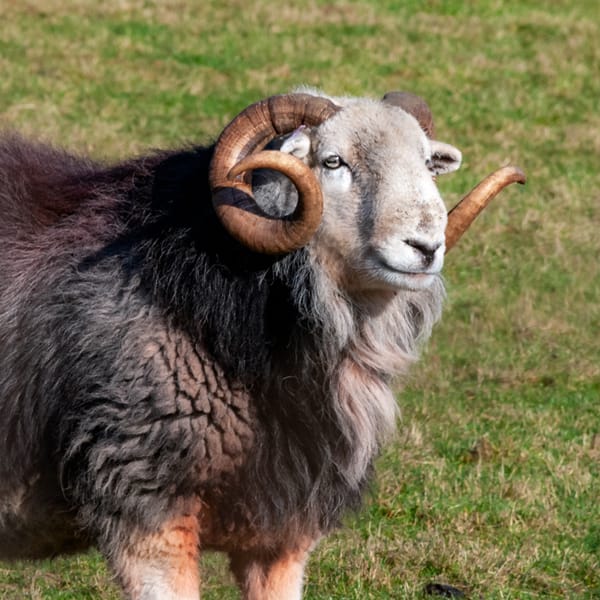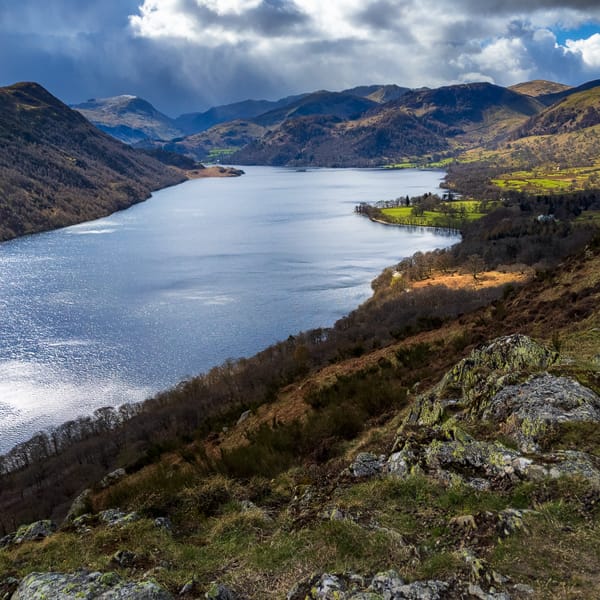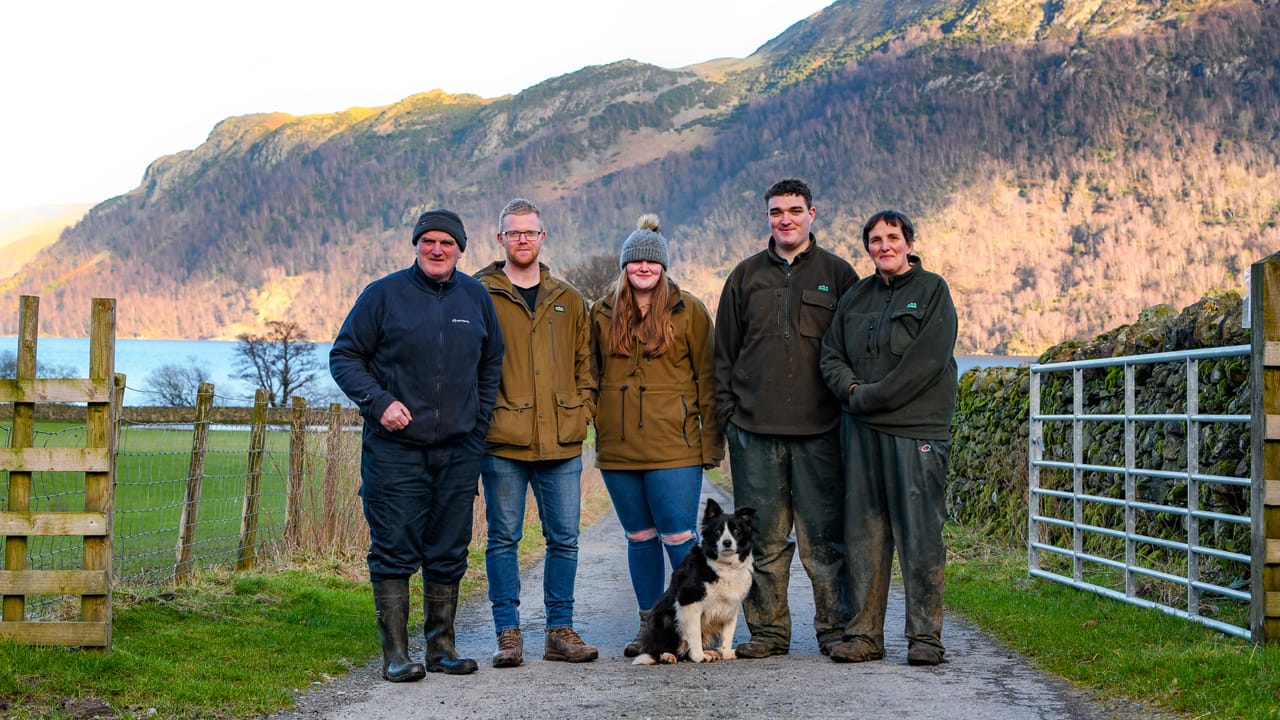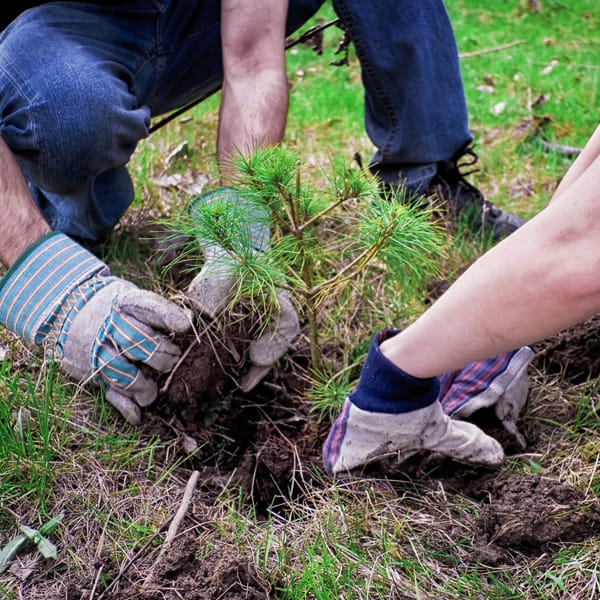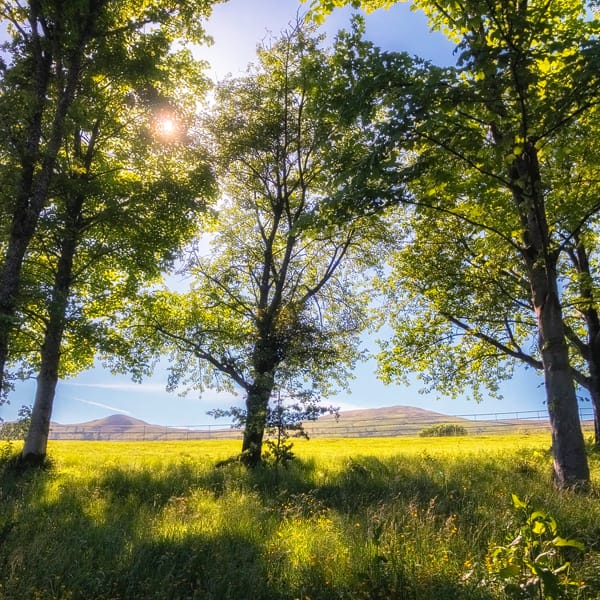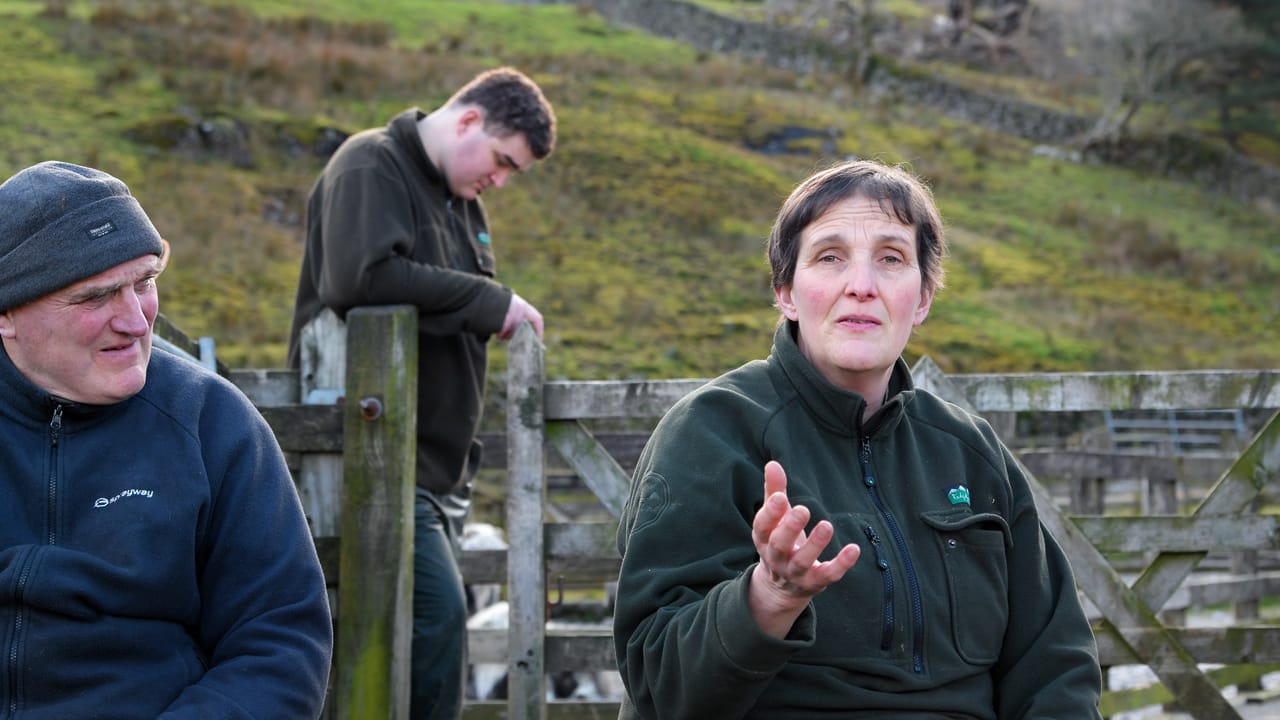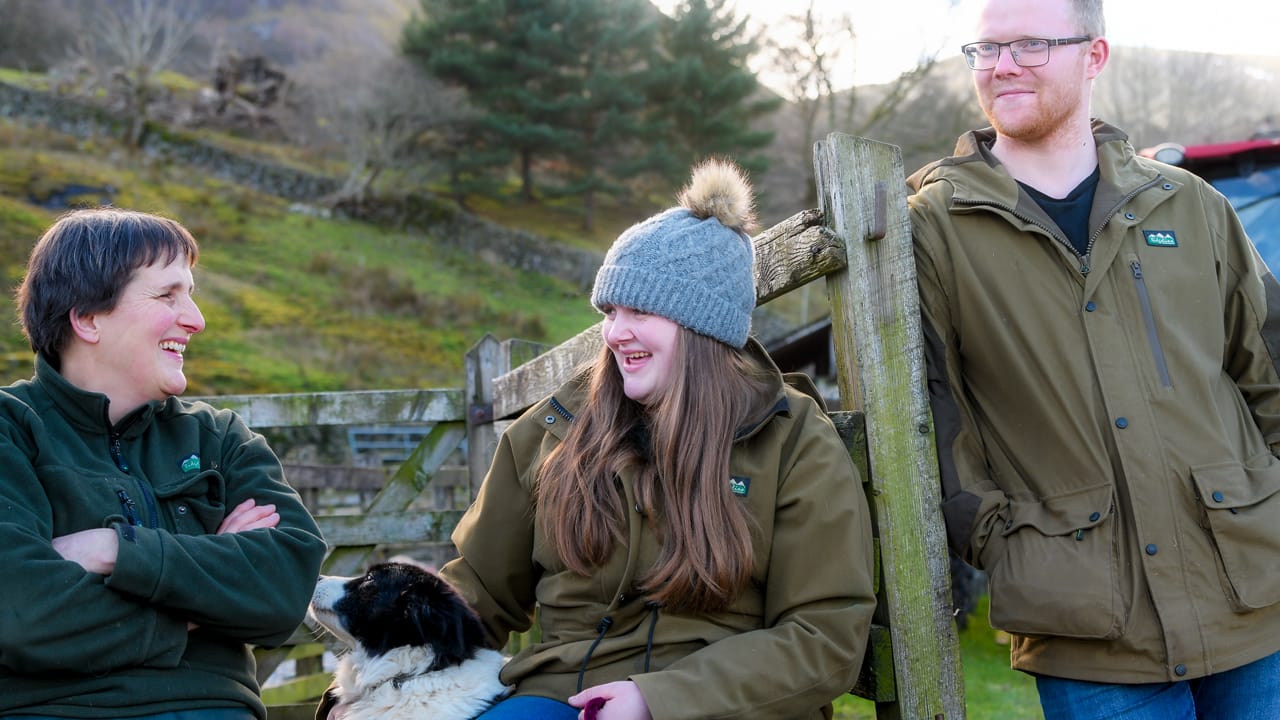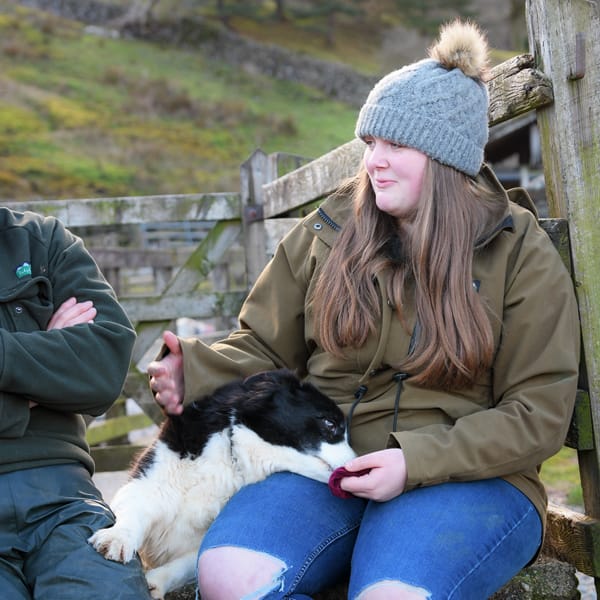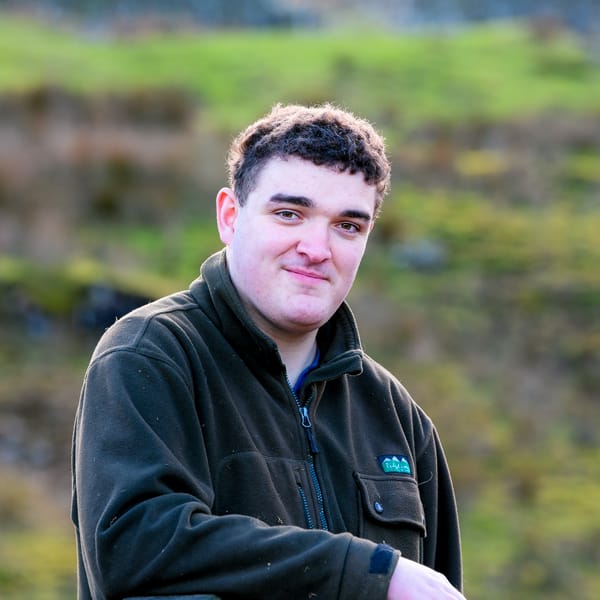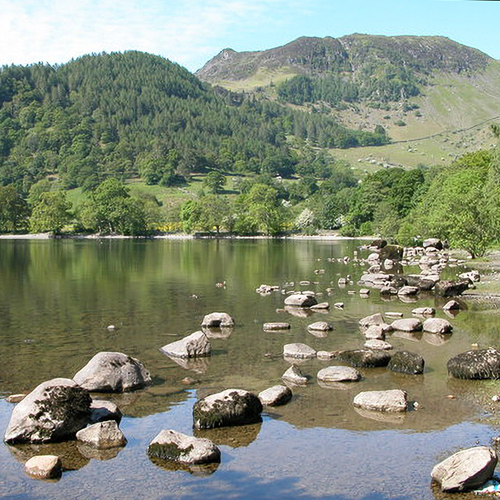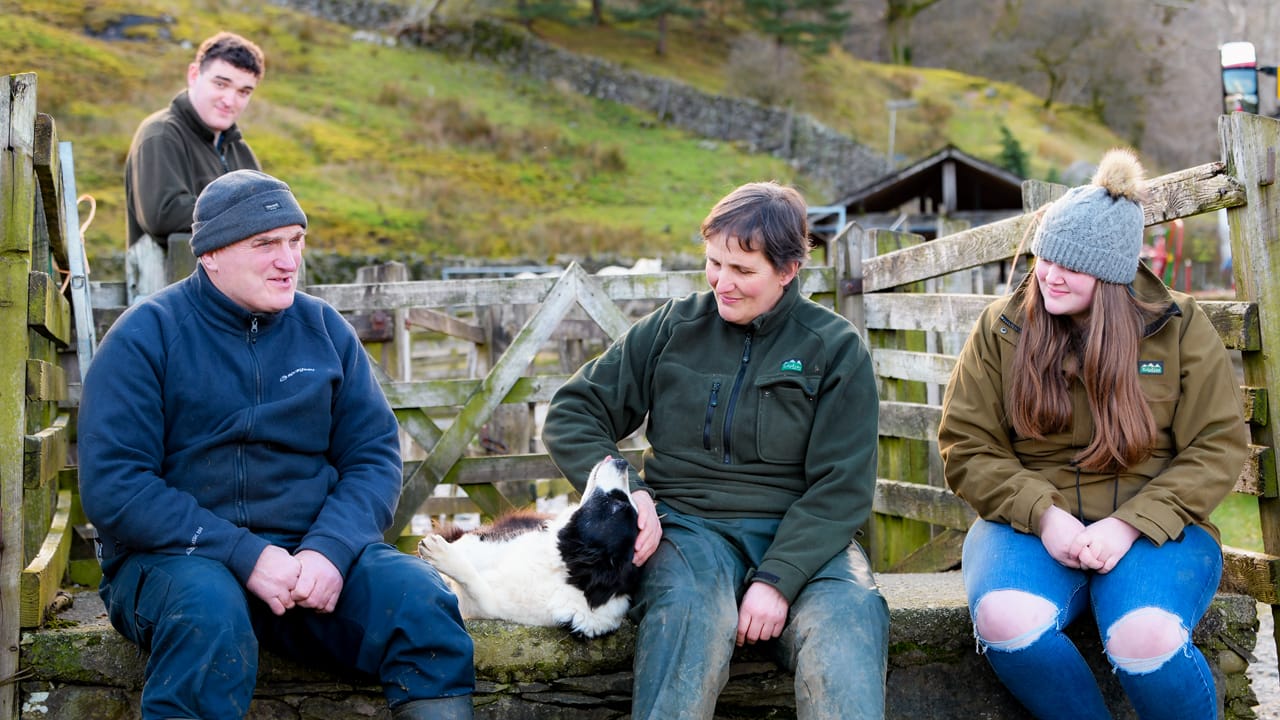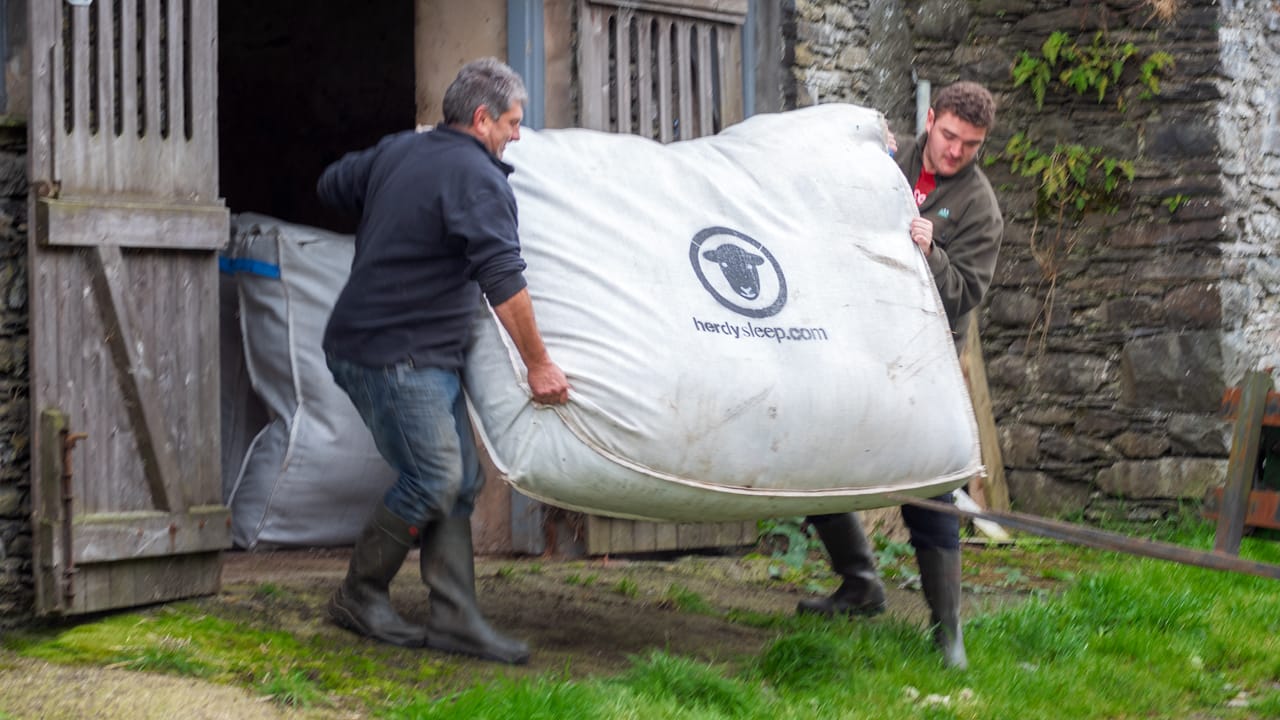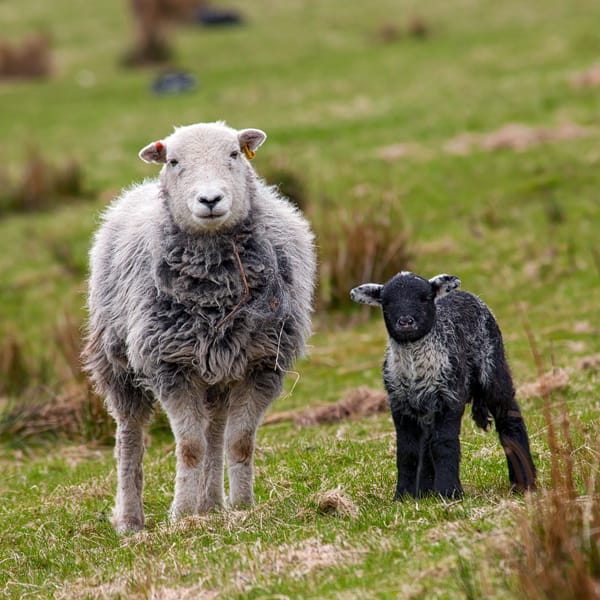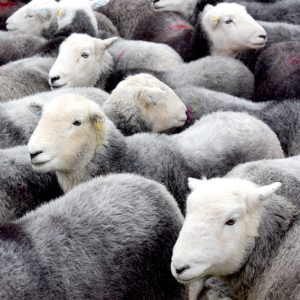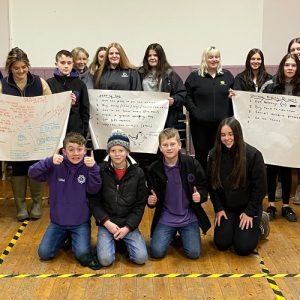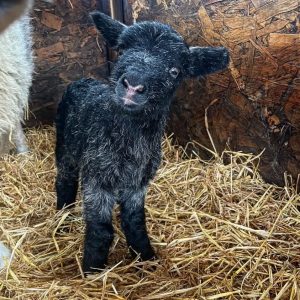As “digital natives”, the younger generation invariably have more familiarity with modern technology, and are able to visualise how to incorporate tech into farming and any diversification ventures.
For example, the Hodgson’s recently set up some self-accommodation camping pods on the farm.
Can: “You know, we sort of fell into the camping pod thing. We looked around and saw an advert for camping pods from the Lyth valley and thought, ‘They look nice.’ The agency crunched the figures and went, ‘You’re looking at about this much per pod per year’, and we were like, ‘Wow! That looks… easy.’ So we got planning permission.
“The planning came through and LEADER (an EU initiative for rural development projects, Liaison entre actions de développement de l’économie rurale, or “Links between actions for the development of the rural economy”) were still offering a 40% grant, and we we’re kinda thinking, ‘Well, might as well.’
“And so we put these three pods in, not because we’re going, ‘Oh, we must diversify’, it’s because it’s sort of like an easy way to (make money). And it’s separating our business, so we’re not totally dependent on subsidies or the conservation.
“We started in 2019, we had August, September, October, and November, and you’re just thinking, ‘That was easy!’ Not too bad to clean. With COVID, the cleaning’s been more onerous obviously, and the season was much shorter, but again you’re thinking… manageable.”
Can: “Emilia’s quite good on the computer, I’m not, but she’s better on the computer.”
Emilia: “I’m alright…”
Can: “We have our booking system through Cool Camping Bedful, they have a dashboard and they basically have a cash counter as the money’s coming in.”
Sometimes, it takes a fresh mind to question things one may have done habitually and unquestionably for years.
Emilia: “You (Sam) used to feed the calves a bite of cake (protein feed) everyday, and we turned round and said, ‘Why are we doing this?’ And you said, ‘I don’t know, I just always have.’ And now we don’t feed them that anymore and they’re fine!”

